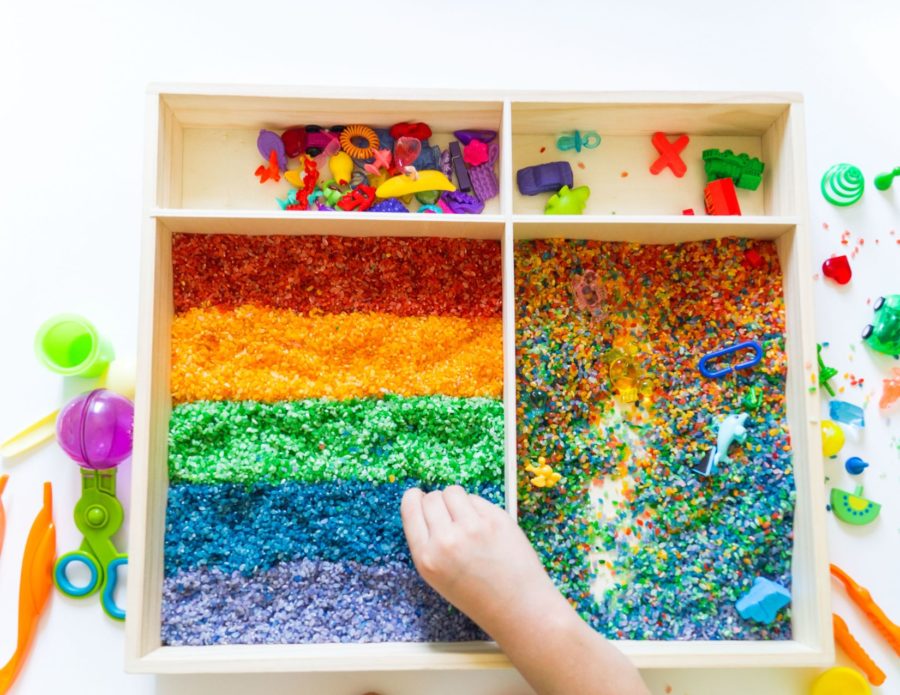Students with disabilities often suffer from sensory issues. When sensory issues become too much, sensory overload occurs. And when sensory overload occurs, it can lead to a range of negative behaviors such as meltdowns, tantrums, withdrawal, avoidance, or shutting down, to name a few. These students are often diagnosed with a Sensory Processing Disorder (SPD), also known as Sensory Integration Dysfunction. But, what exactly is SPD?
SPD is a neuro-developmental condition in which the brain has trouble receiving and responding to information that comes through the senses from the environment and the body. People with SPD may experience difficulties in processing sensory input such as touch, sound, taste, smell, and sight. These difficulties can result in various challenges in everyday life, affecting their behavior, emotions, and ability to interact with their environment. Individuals with SPD may experience hypersensitivity (over-responsivity) or hyposensitivity (under-responsivity) to sensory input, leading to behaviors such as sensory seeking or avoidance.
SPD can affect people of all ages and may coexist with other conditions such as autism spectrum disorder, attention deficit hyperactivity disorder (ADHD), or anxiety disorders. Treatment for SPD often involves occupational therapy (O.T.) and sensory integration therapy, which aim to help individuals develop coping strategies and improve their ability to process sensory input effectively and function in their daily lives.
There are three primary subtypes of SPD:
- Sensory modulation disorder: Individuals with this subtype have difficulty regulating their responses to sensory stimuli. They may be overly sensitive (hypersensitive) or under-responsive (hyposensitive) to sensory input.
- Sensory-based motor disorder: This subtype involves difficulties with motor skills and coordination that are related to sensory processing challenges.
- Sensory discrimination disorder: People with this subtype have trouble interpreting and making sense of sensory information, such as distinguishing between different textures or identifying the source of a sound.
It’s important to understand what SPD is and how it affects the child/student because your response as a teacher and parent to SPD will be different then from just a child/student engaging in bad behaviors. In addition to O.T., sensory integration therapy, and coping strategies, students may benefit from environmental modifications and sensory diets as well.
SPD can vary in severity and impact, and each person may experience unique challenges and strengths related to sensory processing. Early identification and intervention can greatly benefit individuals with SPD by improving their ability to participate in daily activities and engage with the world more comfortably. Understanding and accommodating sensory needs can help improve daily functioning and quality of life in the classroom as well as at home.



